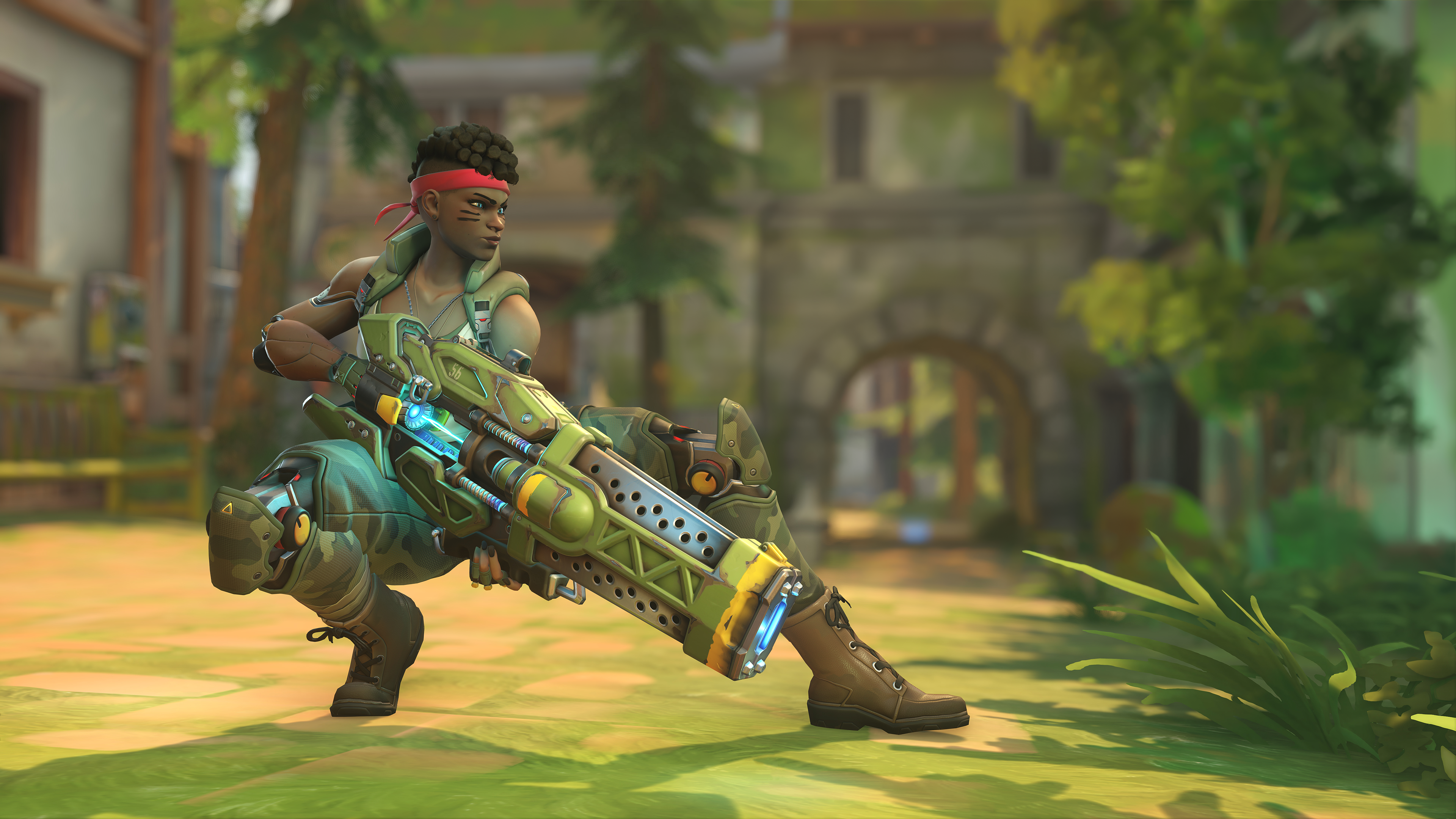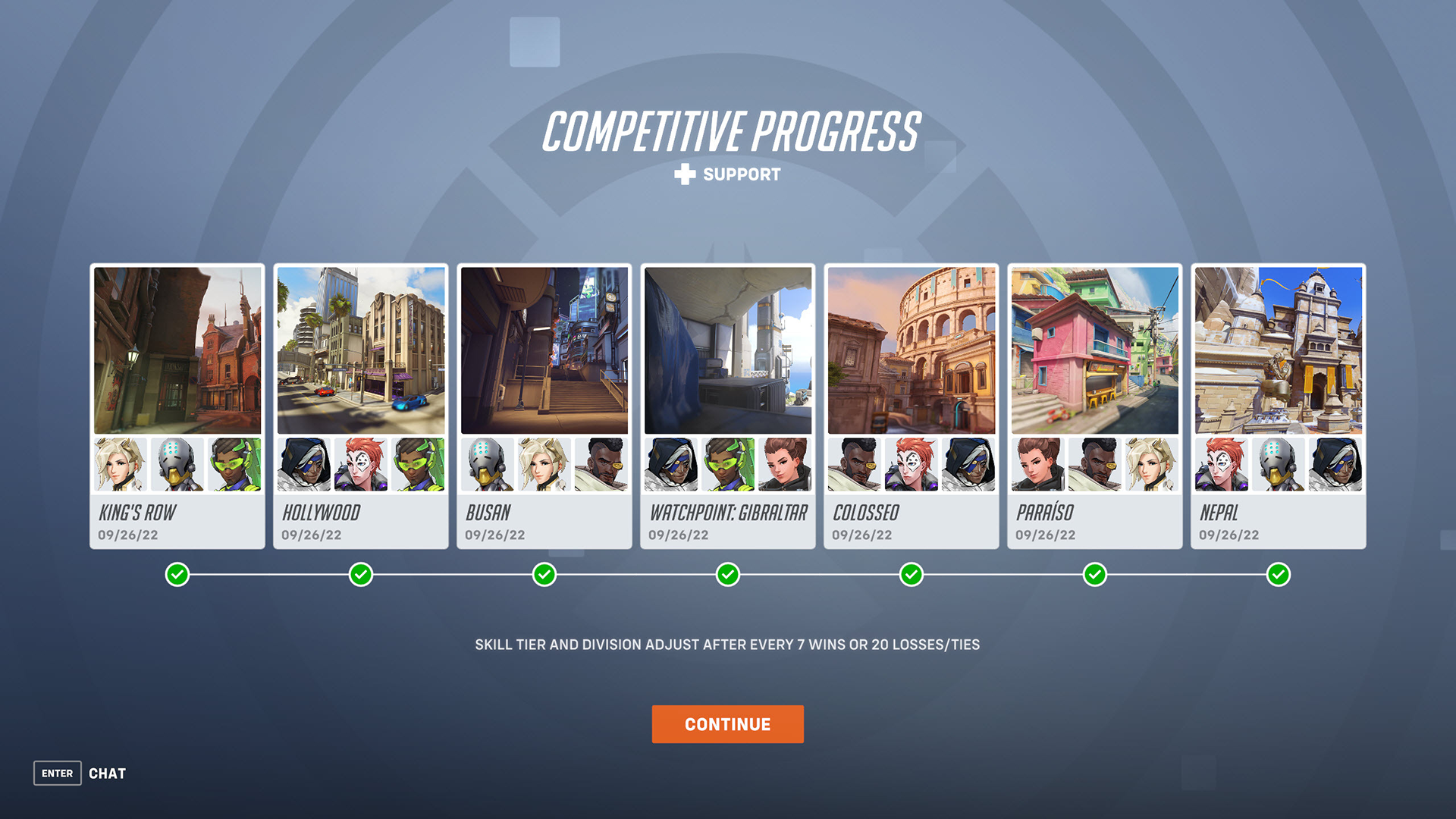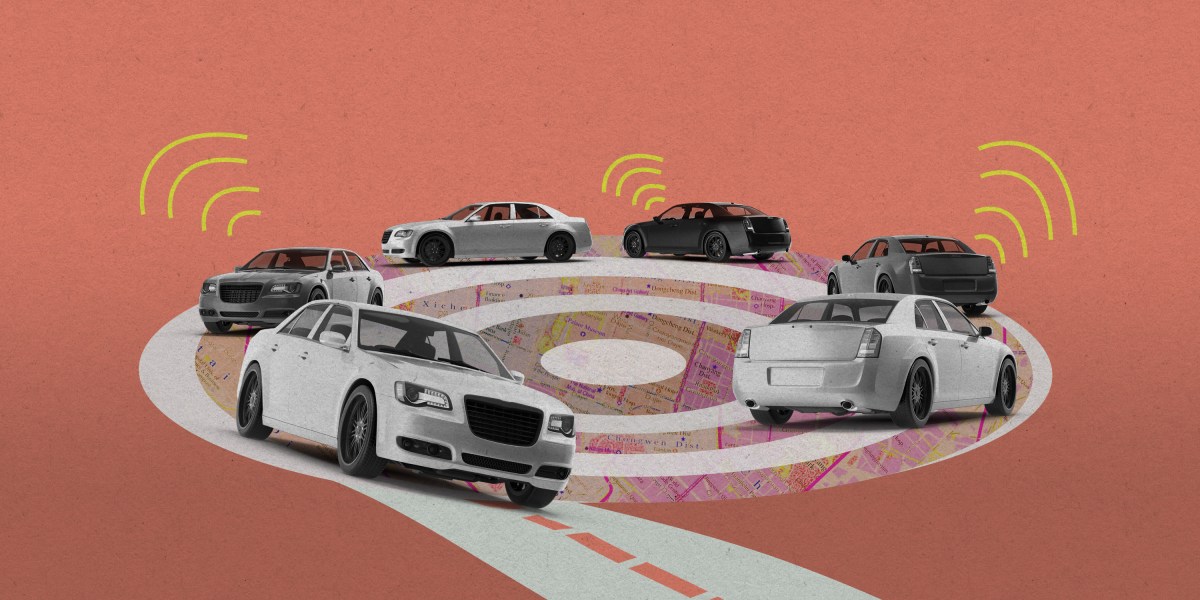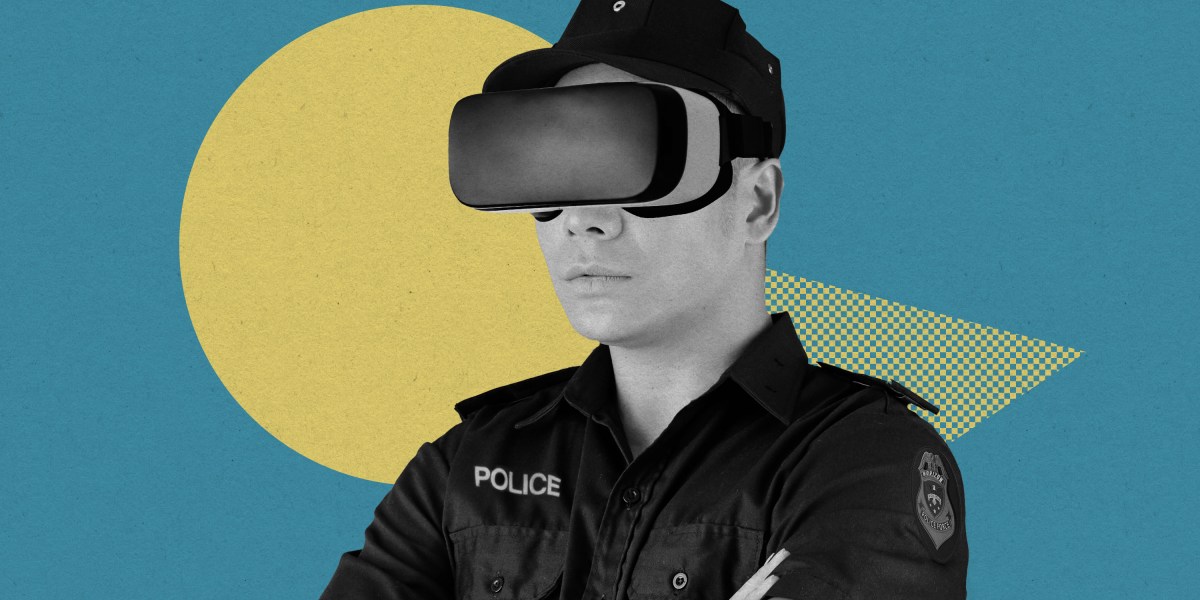Overwatch 2 Review: Can you teach an old game new tricks?
Blizzard has a lot going on. The company’s leadership is a toxic trash heap nightmare (hi Bobby Kotick!) and it’s only partially cleaned house. Its failure to deliver on the lofty promises of the Overwatch League makes the game’s scene, both competitive and casual, even less of a sure thing. And Microsoft is currently in the process of trying to buy parent company Activision Blizzard, an outcome that would further consolidate the gaming industry but might ultimately help save Blizzard from itself. In the midst of all of this, Blizzard released Overwatch 2, making a risky bet that lightly modernizing the aging multiplayer hit would be enough to keep it relevant in a new era of ubiquitous online gaming.
Overwatch 2 is technically a “sequel” to the cartoon hero-based team shooter, but you’d be forgiven for thinking you were playing the same game that launched back in 2016. Some things are new. The core gameplay is now 5v5 instead of 6v6. There are three new heroes at launch (Kiriko, Junker Queen and Sojourn) with more on the way in later seasons. You can take these new heroes out for a spin on a handful of new maps — Toronto, New York City and Monte Carlo among them — and in a new reverse tug-of-war game mode where you fight it out to move a large jogging robot the furthest. There are also graphical improvements that will probably stand out more to people playing Overwatch 2 on PC and not to folks like me, playing casually on last-gen consoles (I know) or to anyone so overwhelmed by Blizzard’s telltale particle effects that they can’t even tell what’s happening half the time (also me).
The big question: Is it enough?
From lootboxes to a battle pass
Arguably the biggest change here, and the reason why, controversially, you can’t play on old Overwatch servers, is Overwatch 2’s shift to free-to-play. When the original Overwatch launched, Fortnite’s Battle Royale mode — and slightly later, Epic’s Battle Pass — hadn’t taken the world by storm yet. In the original Overwatch you’d play and level up, earning randomized loot boxes along the way or buying them if you really felt like it. Overwatch 2 adopts the seasonal battle pass model that competitors like Fortnite, Valorant and Apex Legends use, selling players a subscription for unlockable perks like skins and voice lines.
Controversially, I actually like the battle pass model in theory. Going free-to-play is great for casual players that dip in and out for a few months here and there or for anyone trying to convince friends to check out yet another new game. And the seasonal progression gives people who play casually a sense of progress, though arguable the loot boxes did this just as well.
So far in Overwatch 2, the battle pass doesn’t offer a ton to look forward to. One problem is that unlike a game like Fortnite where everyone can use every skin, there are 35 playable characters in Overwatch. With each stage of the battle pass only offering one skin and many players specializing in a single hero or a small rotation of them, the odds aren’t great that there’s even something juicy in there for everyone. The non-skin unlockables aren’t very exciting either and it’s weird that in the course of launching a brand new game (supposedly!) Blizzard didn’t think of cooler ways for players to visually customize their characters beyond souvenirs, which after playing for hours I still haven’t even noticed. Maybe some players are excited about the battle pass — and that’s great — but it’s clear Blizzard is just trying to drive everyone to buy skins in the shop. So far the broader player base doesn’t seem very happy about it, actively campaigning to persuade people to save their money so the company learns a lesson.
Overwatch 2’s shop offers a rotating selection of skins, but many of these once came for free through loot boxes, which were, all around, a much more fun experience. I only played Overwatch regularly for a handful of months years ago and I was surprised just how many skins I collected back then that now regularly retail for $20, which feels like way too much. Especially for stuff that you used to be able to earn by playing the game. The first Overwatch 2 Halloween event even has a special skin you can earn by watching streamers on Twitch, but the skin is… the same Winston werewolf Halloween skin that was in the game in late 2016. There’s obviously a lot of chaos at Activision Blizzard these days, but a lot of this comes across as phoned in, considering that the game is brand new. That said, the skin is very cute (werewolves!) and although I am truly awful at Winston I’ll be streaming Overwatch 2 because I don’t have it.

Image Credits: Blizzard
Three new heroes offer new ways to play
Overwatch’s characters have always been the heart of the game and the new game is no exception, introducing three new heroes: Sojourn, Junker Queen, and Kiriko.
The three female heroes — one tank, one DPS and one support — round out the cast in a nice way. It feels like a lot of thought went into Kiriko in particular, and she plays like a mix of Moira and Genji (or arguably Zenyatta), bringing some nice mobility options to the support position with the ability to fly across the map on cooldown to follow other players. The skill ceiling is obviously high here (she can heal and throw little daggers at the same time!) so there’s a lot of depth to what will be possible with Kiriko. Sojourn and Junker Queen also have fun kits and seem promising, with the former offering a very mobile power slide and Soldier 76-ish DPS and the latter introducing a damage-over-time tank with a cool Mortal Kombat-esque knife throw that pulls enemies right to you.
Necessary aside: As a longtime WoW player, Blizzard’s approach to non-western cultures, particularly Asian cultures, has always felt a bit weird. Don’t get me wrong, I love Kiriko, the new Japanese support hero — she’s a young woman, a badass, and a literal ninja. Her short animated movie is extremely good. But it’s all expressed in a way that’s a bit over the top, culturally speaking: Kiriko’s ultimate channels a fox spirit that makes a path out of Torii gates and her healing takes the form of those little paper fortunes you get at shrines. Beyond Kiriko, the new Black female DPS hero is named “Sojourn” and it’s hard to imagine this doesn’t have something to do with American abolitionist Sojourner Truth, but she’s Canadian I guess?
Maybe this kind of representation is all okay in a game that for lack of a more nuanced theme is about “cartoon characters from various countries” but it’s worth talking about. Ultimately as a queer person I’m glad there are gay characters in the game, even if they’re revealed as an afterthought. Probably a lot of people feel a lot of different ways about this!
5v5 and other gameplay changes
The other biggest change and the most substantial one is that while Overwatch pitted teams of six against each other, the game is now 5v5: two supports, two DPS and a tank. If you’re queueing for certain roles in competitive mode and don’t senselessly embrace the chaos of open queue like me then that means you’ll be down a tank from what you’re used to.
The result is that the games feel faster and more like a team deathmatch in spite of the objectives. It’s very early days for a live service game that will last for years, but support players in particular seem to be more frustrated with the new style of play — there’s no second tank to help soak up damage and protect against flankers — and the short wait time for support reflects that.
Whether you’re a new player or a seasoned pro, you’ll be starting over in Overwatch 2’s competitive rankings. All players start at the bottom in bronze and can work their way up the skill tiers through some mysterious combination of wins and individual performance. Overwatch 2 now reevaluates your skill rating every 7 wins or 20 losses, instead of providing immediate feedback as you play. Personally, the every-seven-games system has helped me focus on going in with fresh eyes and a good mindset to quickly get my seven wins instead of overanalyzing what went wrong with each loss. As a casual player who didn’t even really play competitive mode back in the game’s dark ages, this feels fine to me, but I could see why making the system even more opaque would be frustrating to people focused on climbing up.
The post-game now experience consists of the play of the game (whatever the computer decides is a hero’s best moment), endorsements for players that you liked and a new stat block breaking down deaths, eliminations, damage and healing done. The scorecards highlighting individual play are gone and the new stat breakdown doesn’t single anyone out, for better or worse.
Blizzard also added a new ping system that lets you alert teammates about things like enemy players and your next moves and it’s generally a good option for people who don’t want to suffer through in-game chat with a mic, even if it seems like a lot of people haven’t quite figured it out yet. The icon showing players “on fire” after good runs is also MIA, though it sounds like that might be coming back.
Ultimately, the game is still fun. There’s still plenty of depth here but most of it is mechanical — getting comfortable with new heroes, learning their playstyles and tricks. But it’s not clear that Overwatch can survive another six years without going back to the drawing board with something totally fresh. I’m finding plenty to do but I haven’t played Overwatch in five years — five years that dedicated Overwatch players spent pushing the game to its full potential.

Image Credits: Blizzard
Where do we go from here?
Blizzard can make up some ground with Overwatch 2, but it shouldn’t even be in this position. Seasonal releases and a forthcoming PVE mode that absolutely should have been in the game at launch will soften the blow of selling people the same game over again as a subscription, but for now people are just waiting around.
There’s such a thing as playing it too safe. Blizzard has a competitive scene to balance, but being stuck in the past isn’t going to help Overwatch 2 stay relevant against ascending competitors like Apex Legends, which people seem generally much more excited about these days. Can a game that’s barely changed since in six years last for another six? Personally, I’m playing a lot right now but I’m far from confident that will be the case in six or even three months. A few weeks from launch, the outlook isn’t great.
Even with concerns about balancing a game that hinges on calibrating 35 totally distinct playstyles across objective-based maps, it still feels like Blizzard could have done a lot more here. Fortnite only has weapons to worry about, but the game often changes on a visual level from season to season completely, making my experience of logging off for five years and hopping back into an identical experience impossible. Getting curious about fresh content in a game like Fortnite always inspires me to buy a battle pass, which is reliably full of fun stuff that feels rewarding.
There are plenty of cosmetic flourishes that could make Overwatch 2’s seasons feel more “seasonal” beyond the rote holiday stuff that’s been in the game since day one. Themed seasons à la Fortnite or even Destiny would at least give the game a little more variation for the casual players that Blizzard seems so keen on luring in with its free-to-play model. Even the refreshed menu is a soulless dull gray, a far cry from the colorful cast of characters at the heart of the game.
At the end of the day, if you want to cash in on players after you’ve said “aha here is our new game!” and sold them the old game, you at least need to give people something to get excited about.




